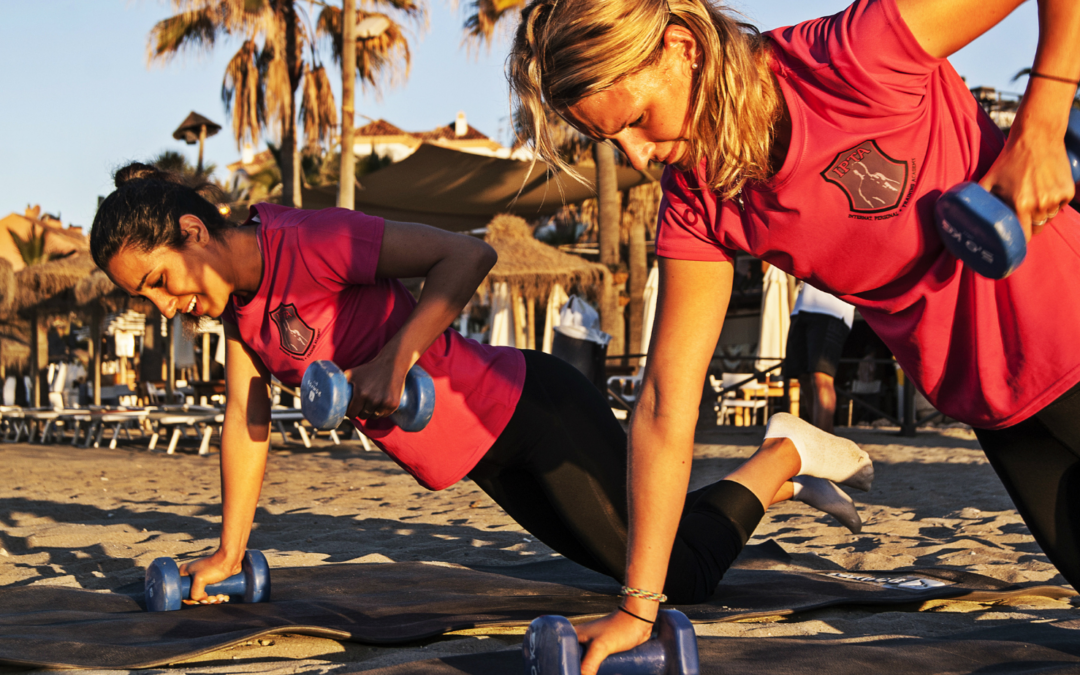4 Training Principles
There are a few basic training principles that you should know if you are taking your training seriously and want to achieve maximum results.
These principles can serve as an aid in your training program design by helping you find answers to questions like: What kind of training should I do? How hard should I work out? How often should I work out?
Here we address four of the most important training principles.
1. Progressive overload
For improvement or “gains” to take place, the body and its systems (such as muscle, tendons, bone etc.) must be exposed to overload. This means that the body needs to be challenged in a way It hasn’t been challenged before (trough higher intensity, training volume etc.). When done correctly this will lead to an increased exercise capacity or “gains”.
The level of stress on the body and its and its systems is increased gradually. Failing to do so increases the risk of overtraining injuries to occur.
Already the ancient Greeks understood this principle. The story of the wrestler Milos of Croton, who is said to have won the Olympics six times, Is a proof of that that. The legend of how he got his incredible strength tells that Milos as a little boy got a bull calf from his father.
Every day the father asked the boy to go and bring the bull calf to him so that he could see him. Milos then ran off to the fields and got back with the calf on his shoulders. The same thing happened every day for several years. The bull calf grew and grew and so did Milos, who got bigger and stronger, until he eventually could carry a full-grown bull on his shoulders.
The moral of the story is that “the bar should be raised” so that the body is challenged and constantly forced to improve, but this shouldn’t be done too fast. The bar should be raised successively, starting with a small load (the little calf) that you can handle and then increasing it stepwise instead of trying to lift a full-grown bull at once.
2. Specificity
The specificity principle, nicely summarized by the acronym SAID (Specific Adaptations to Imposed Demand), dictates that the training results you achieve are specific and dependent on the training stimulus the body was exposed.
Simply put, you can say that “you get good at what you train”. As an example, training the arms lead will lead to a training effect in the arms but not in the legs, endurance training will lead to better endurance but not increased maximum strength etc. The specificity principle applies to training intensities, joint angles, movement velocity and many other variables.
Different forms of training and combinations of the training variables will lead to different results (e.g., increased strength, endurance, muscle mass). Training methods and strategies should therefore be chosen according to the goals you have.
3. Individualization
The principle of individualization dictates that training should be adjusted according to a person’s training experience, fitness level, needs, goals and potential limitations (like injuries).
A well-designed training program should therefore be “tailored” according to an individual’s capacity and needs.
Since there is a large variability in how people respond to any training
program (due to genetics, age, sex, sleep, stress levels etc.), the program must also be modified along the way according to a person’s individual response to it.
Have you ever copied somebody else’s training program? That’s a common mistake people make. When you do that chances are that other person has a much higher fitness level than you and can therefore tolerate higher training volumes and intensities. Copying that person’s training program is a recipe for failure and you could sooner or later end up being overtrained or injured.
4. Recovery
You may sometime have heard the saying “you do not get stronger while you train but when while you rest”, and there is some truth in it. The training stimulus is important, but it is during the recovery the that adaptation to training occurs. It is during recovery that the actual processes that make us stronger, more muscular, more endurant etc. take place.
We become slightly better for every training/recovery cycle which over several weeks or months leads to visible and measurable results in body composition, exercise performance etc.
For recovery to be optimal we need rest, good nutrition, sleep and low levels of stress.
We all have periods in our lives when we might be experiencing high levels of stress, not sleeping enough and not eating properly. You don not need to feel bad if you reduce the amount of training during such periods. Reducing training volume when recovery isn’t optimal might be better than training a lot and not getting fully recovered after workouts.
———————————————-
Are you interested in learning more about personal training?
Check out the Personal Trainer course at IPTA – International Personal Trainer Academy.

